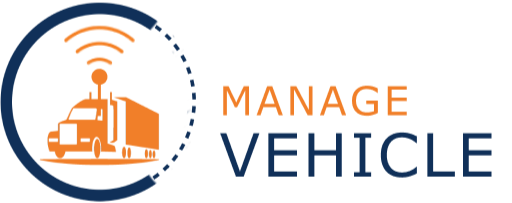When managing and monitoring fleets, business owners always look for innovative technologies to improve their operations. GPS tracking and Geofencing is one such technology that can be an effective tool for fleet management. By learning how GPS tracking works, you can understand how powerful a resource is and how it can act as a safety net or alert you of suspicious activity.
This blog will explore how GPS Tracking and geofencing technology can benefit your business.
1. Smart Route Planning
In the process, GPS tracking systems use the user’s current location to develop the most efficient route compared to a given destination. These systems look for the course with the least travel time and factor in traffic patterns, road closures, and other obstacles that may affect the journey. This intelligent navigation can provide convenient alternatives, helping avoid problems and get to the destination quicker and more safely.
Moreover, geofencing is specially helpful regarding route planning since it uses a virtual boundary around an area or location. Geofencing can help guide the user to their desired destination by providing recommendations on detours. Furthermore, it works brilliantly for providing safety alerts about particular areas or locations that should be avoided for any reason.
2. Enhances Fleet Safety
Supervisors can monitor vehicles’ location and speed with GPS tracking. With these two technologies integrated, managers can gain valuable insight into vehicle use and respond quickly to safety incidents.
On the other end, geofencing alerts managers when vehicles leave designated ‘zones’ or enter restricted areas, protecting fleets from theft and unauthorised use. Managers can be notified if a car veers off course by setting virtual boundaries around fueling stations or customer sites. This protects drivers in dangerous situations like bad weather or traffic congestion.
3. Monitor Employees’ Conduct
GPS tracking and geofencing technology can help monitor employee conduct in various ways. Through GPS tracking, employers can more accurately track the whereabouts of their employees by having them check in at specific locations.
This allows employers to ensure that their employees are where they should be when they should be. Geofencing enables employers to set up boundaries around areas that employees should not enter, ensuring that employees stay where they are supposed to be and helping prevent unfortunate incidents.
GPS tracking and geofencing also allow for greater visibility into employees’ daily activities, making it easier to identify if they are straying from their duties or engaging in suspicious activity. With this data, companies can better manage their teams’ activities and ensure that all employees abide by the rules.
4. Enhances Employee Communication
GPS tracking and geofencing enable employers to communicate with their employees promptly. By accessing real-time location data, employers can instantly message or call their team members and ask for updates on any project or task they are working on. This ensures that employees can stay in contact with the employer and that tasks are completed on time.
Conclusion
Geofencing and GPS tracking provide various benefits for businesses, from increasing customer engagement to improving operational efficiency. Companies can gain valuable insight into their operations and customers by utilising both. These technologies can streamline processes and increase customer satisfaction by providing more accurate and timely services. Ultimately, geofencing and GPS tracking technologies offer powerful tools for enhancing business performance in today’s competitive marketplace.
If you’re searching for the best fleet GPS tracking systems, Manage Vehicle has it for you! We offer fleet management software and compliance systems for small and large fleets. Check us out now!




